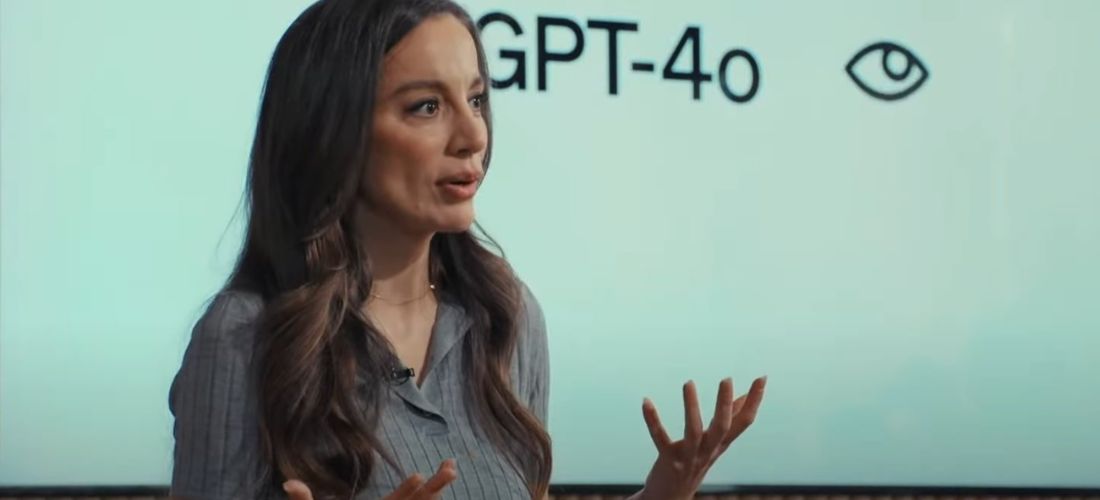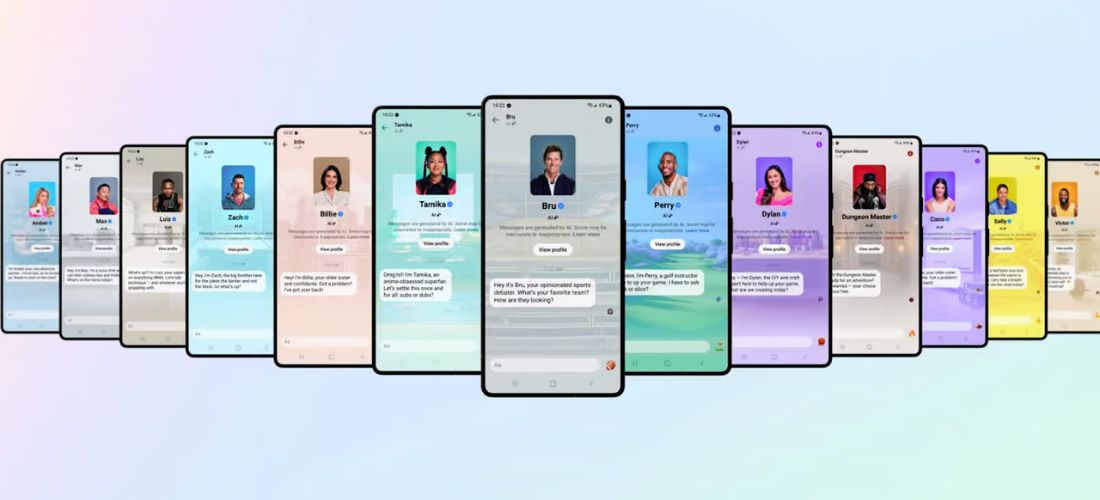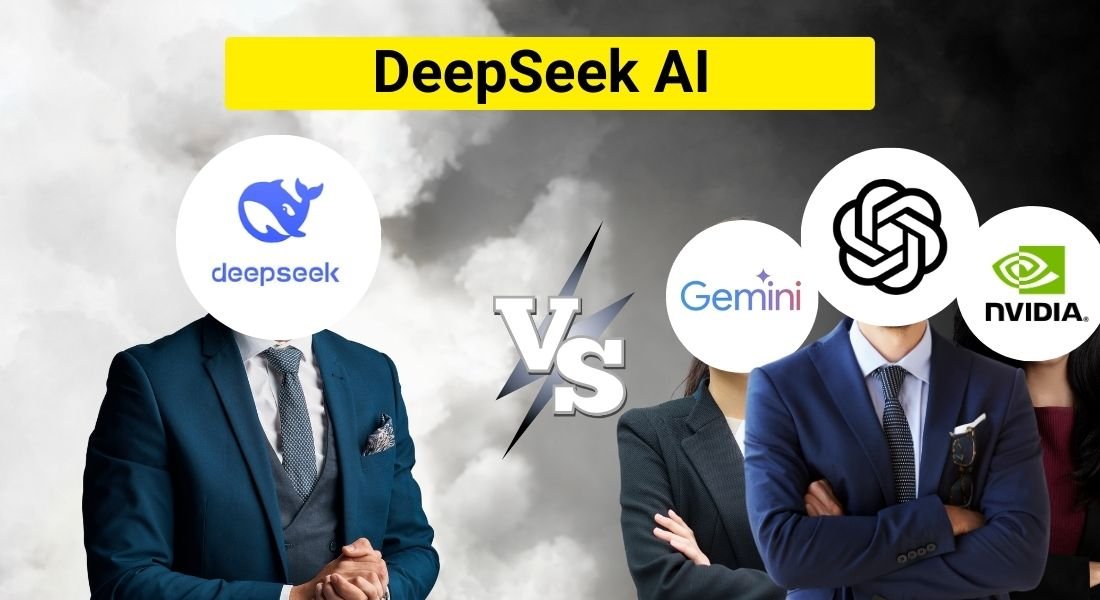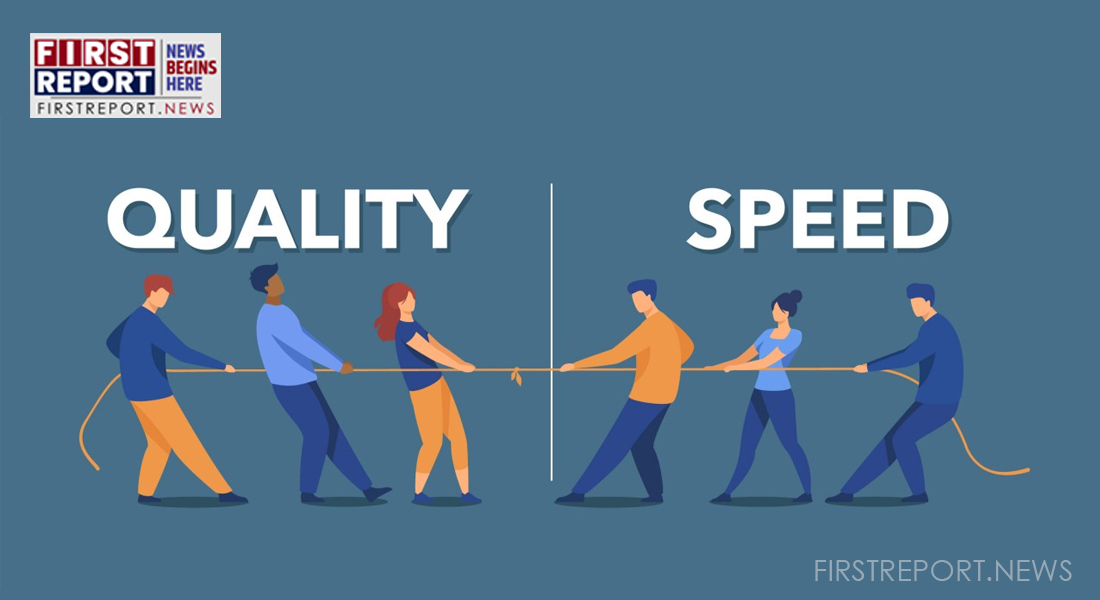OpenAI has launched its most advanced large language model (LLM) yet, GPT-4o, promising a significant leap in user experience and accessibility. This new model builds upon its predecessor, GPT-4, by offering several key advancements.
GPT-4, which was limited to paying users, GPT-4o (“o” for “Omni”) is available for free. This move democratizes access to powerful AI, potentially revolutionizing human-computer interactions.
GPT-4o shines with its multimodal capabilities. It can handle text, audio, and image inputs simultaneously, allowing users to interact with AI more naturally. Imagine showing a picture and receiving a detailed explanation, or having a spoken conversation with an AI that understands your tone.
Smarter and Faster Assistant
GPT-4o builds upon ChatGPT, transforming it into a powerful digital assistant. From real-time translations to understanding facial expressions during conversations, GPT-4o goes beyond its peers. It can even access and analyze visual information, like documents or charts you provide.
At the core of GPT-4o lies a unique training approach. Unlike earlier models requiring separate systems for different tasks, GPT-4o utilizes a single, unified model trained across various modalities. This allows for a more holistic understanding of inputs, including tone, background noise, and emotional context in audio. GPT-4o boasts impressive speed, responding to queries as quickly as humans in conversation (around 300 milliseconds).
Accessibility for All
The multilingual support in GPT-4o makes it a global AI tool. It tackles non-English text remarkably well, catering to a wider audience. The model is still under development, with audio and video functionalities gradually rolling out to developers. OpenAI prioritizes safety by ensuring each modality meets strict standards before public release.
GPT-4o‘s arrival intensifies the AI race, with tech giants like Google and Apple likely to showcase advancements in their LLMs. This competition promises to benefit users by accelerating the development of powerful and accessible AI tools.
Also Read – OpenAI Exposure Tools to Detect AI-Generated Images




